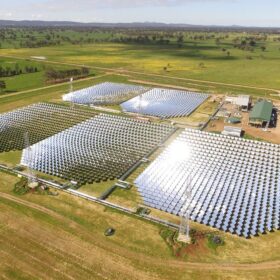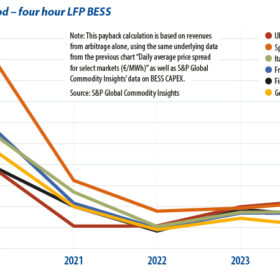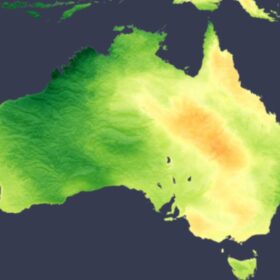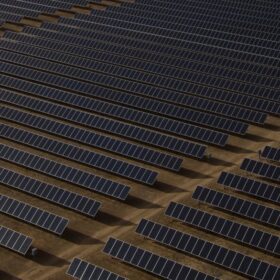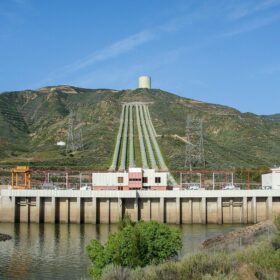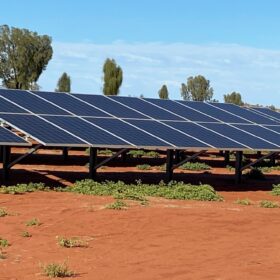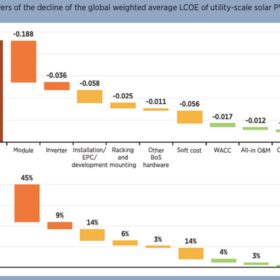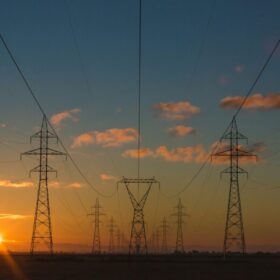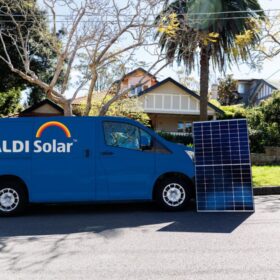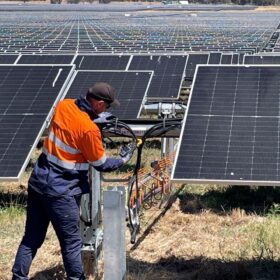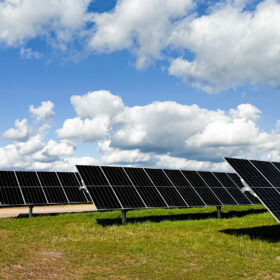Vast unlocks funding to fuel concentrated solar power plant plans
Vast Renewables has unlocked $30 million of federal government funding which it says will help ramp up manufacturing capacity for its concentrated solar thermal technology and advance construction plans for its first large-scale solar thermal project.
BESS are becoming more attractive
As battery energy storage system costs plunge, energy price volatility is shortening payback times for storage solutions. This shift, driven by a surge in intermittently generating renewables, and ongoing innovations in battery manufacturing, marks a pivotal moment for energy markets worldwide.
Cloudier summer predicted for Australia’s east coast solar
Solcast, a DNV company, reports that the upcoming Australian summer is likely to see cloudier than usual conditions, potentially reducing solar generation across key regions, especially along the east coast.
Cornwall tips 150 GW renewables boost for NEM within two decades
Australia’s main electricity grid is predicted to increase its solar, wind, and energy storage capacity by more than 150 GW by 2043 according to new projections published by energy market consultancy and research group Cornwall Insight.
Utility-scale solar additions hit 46.8 GW since start of 2023, says Wiki-Solar
PV data consultancy Wiki-Solar says the world’s top solar developers have added nearly 50 GW of new solar capacity since early 2023, raising their cumulative capacity to 146.7 GW – more than one-fifth of the global total.
Energy storage is a solved problem
There are thousands of extraordinarily good pumped hydro energy storage sites around the world with extraordinarily low capital cost. When coupled with batteries, the resulting hybrid system has large energy storage, low cost for both energy and power, and rapid response. Storage is a solved problem.
Allied Green taps AFRY to engineer solar and battery storage plant
Allied Green Ammonia has awarded Swedish outfit Afry the owner’s engineering assignment for the renewable power plant that is to support its large-scale green hydrogen to ammonia production project being developed in the Northern Territory.
Global average solar LCOE stood at $0.064/kWh in 2023, says IRENA
The weighted average levelised cost of electricity of utility-scale solar PV in Australia was 22% lower than the global average according to a new report published by the International Renewable Energy Agency.
PV systems can now support grid as fossil fuels decline, says IEA-PVPS
A new report by the International Energy Agency’s Photovoltaics Power Systems Program (IEA-PVPS) says that existing PV systems have the technical capabilities to provide various frequency-related grid services.
CSIRO brings science, not politics, to electricity cost debate
Some nuclear fans claim Australia’s national science agency has a position on the country’s energy mix. CSIRO Chief Executive Doug Hilton writes that is both wrong and a fundamental misinterpretation of the GenCost report.
